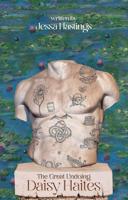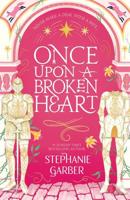Publisher's Synopsis
Excerpt from The Psychological Bulletin, 1917, Vol. 14: Containing the Literature Section of the Psychological Review Publications
It seems a pity that a part of the immense labor which Jung must have undergone In writing his Psychology of the Unconscious (6) could not have been expended in learning something of modern psychology, of which he shows an amazing ignorance. There is in his work so much that is vital and suggestive that a reinterpretation in more scientific terms would be a real service. Essentially, the driving force of human conduct is conceived as the libido, a stream of vital energy which is not altogether sexual, as Freud says, but which comes to flow through all sorts of channels, including the sexual. The libido, to Change the figure, attaches itself to various sorts of objects, which then become of value and worth to the individual. At first, in child and race, these objects are few in number and are those which have to do with the immediate needs of the individual and with those persons with whom his relationships are Closest. Gradually, after a struggle with the old, the range of objects is widened, and the individual gains a harmonious balance of interests and tendencies. Most of this is, of course, just old fact in a new dress; the bulk of the book is taken up by a statement and attempted interpretation of the symbols by which individual and race have depicted to themselves the various phases of the process. The inner meaning of such symbols is usually unknown to those who create them, they must be analyzed to be understood. About the Publisher Forgotten Books publishes hundreds of thousands of rare and classic books. Find more at www.forgottenbooks.com This book is a reproduction of an important historical work. Forgotten Books uses state-of-the-art technology to digitally reconstruct the work, preserving the original format whilst repairing imperfections present in the aged copy. In rare cases, an imperfection in the original, such as a blemish or missing page, may be replicated in our edition. We do, however, repair the vast majority of imperfections successfully; any imperfections that remain are intentionally left to preserve the state of such historical works.






















